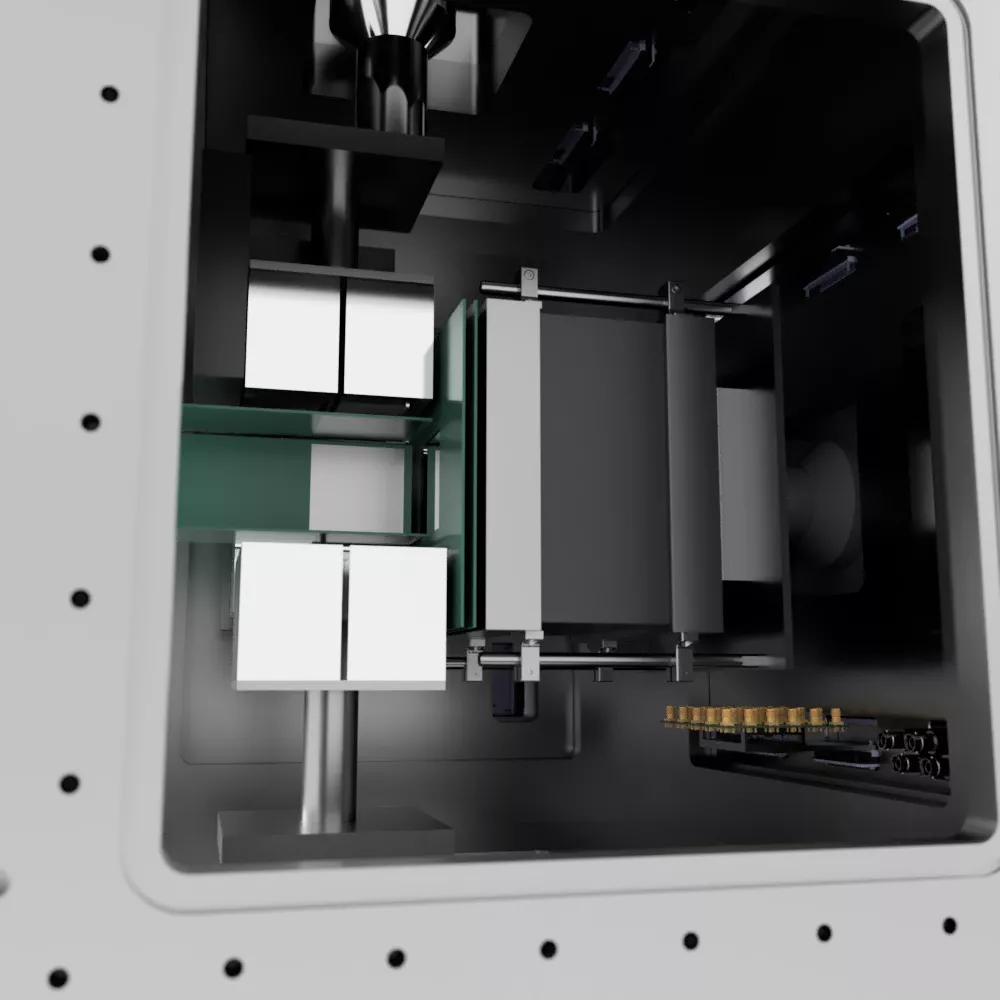Degree projects - Nuclear Structure
Bachelor and Master projects
Data analysis, detector R&D, virtual experiments (in Geant4)
The underlying philosophy of our research group is to combine ideas, skills, and wishes from you with our group's current research efforts and needs. We often thrive at integrating or linking the undergraduate thesis work to ongoing PhD theses. This approach can often lead to co-authorship on a research publication besides the MSc or BSc thesis itself. During the thesis work we encourage participation in the research group activities, and in particular our (usually) weekly meetings.
We strongly encourage to come and visit one of us in person, well-ahead in time prior to your anticipated starting date in spring or fall (about two months is recommended). Such a time frame allows for proper initial discussions, preparations, and adjustments to ensure a smooth project progression.
- For data analysis of existing nuclear structure data sets, start with talking to Dirk.
- For topics related to more hands-on work on detector R&D in the radiation laboratories, start with talking to Pavel.
- For Geant4-based virtual experiments or detector set-ups, likewise other computational aspects, start with Luis (Pico).
2023 and 2024:
Theses work is proposed to deal with any of the above topics in the framework of research on superheavy nuclei, especially within the project SHREC (in collaboration with Lawrence Berkeley National Laboratory). The second preference deals with data analysis in connection with an experiment campaign at Argonne National Laboratory in 2020 (PhD thesis project Yuliia Hrabar). Three experiments led by our group aimed to discover proton-emitting states in nuclei at or beyond the proton dripline near doubly-magic 56Ni exploiting a unique detector set-up.
There are other options, too, so come by and visit and talk to us - remember FYSC22 in case you took the course!

Degree projects info
CANVAS link

